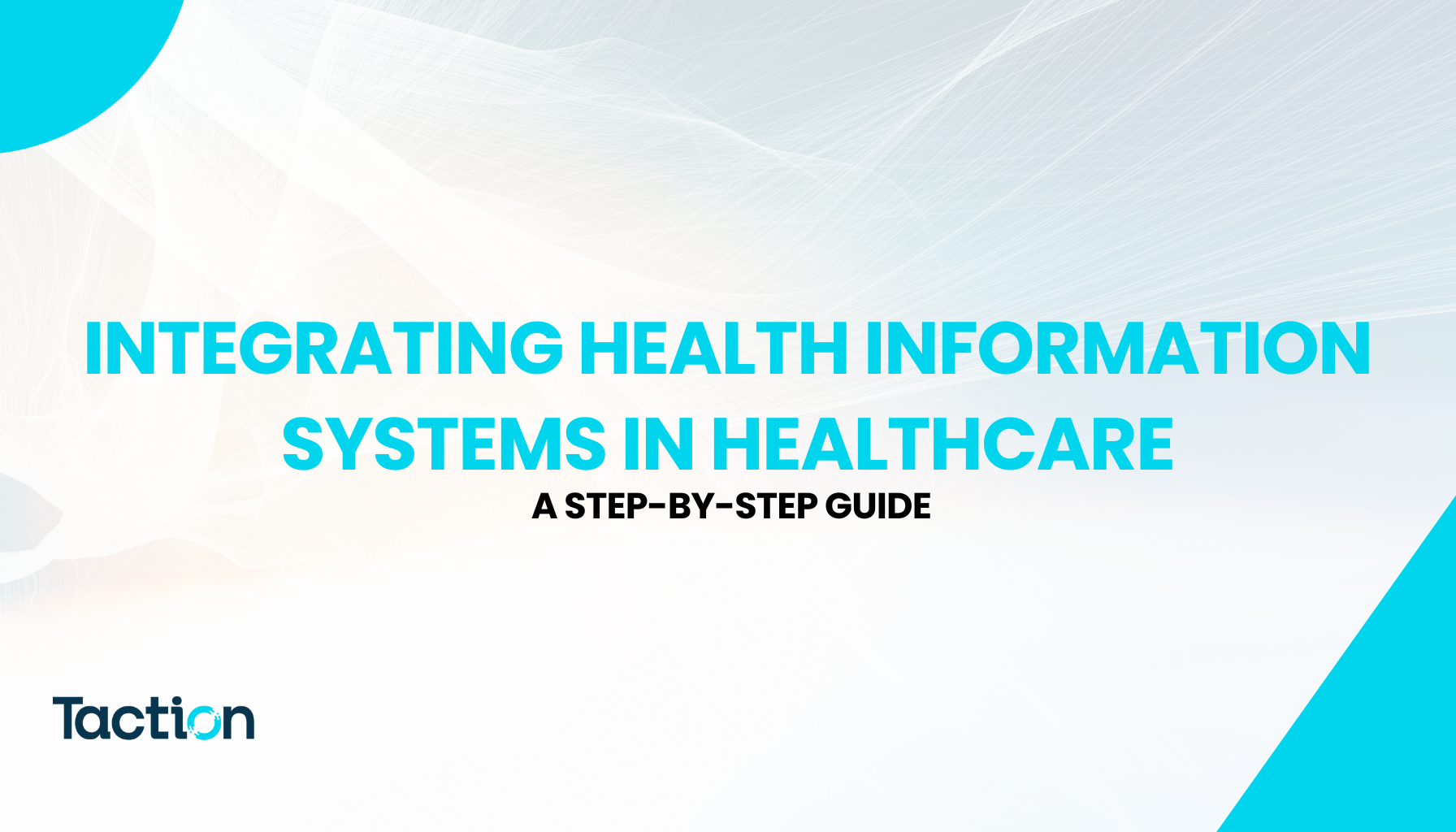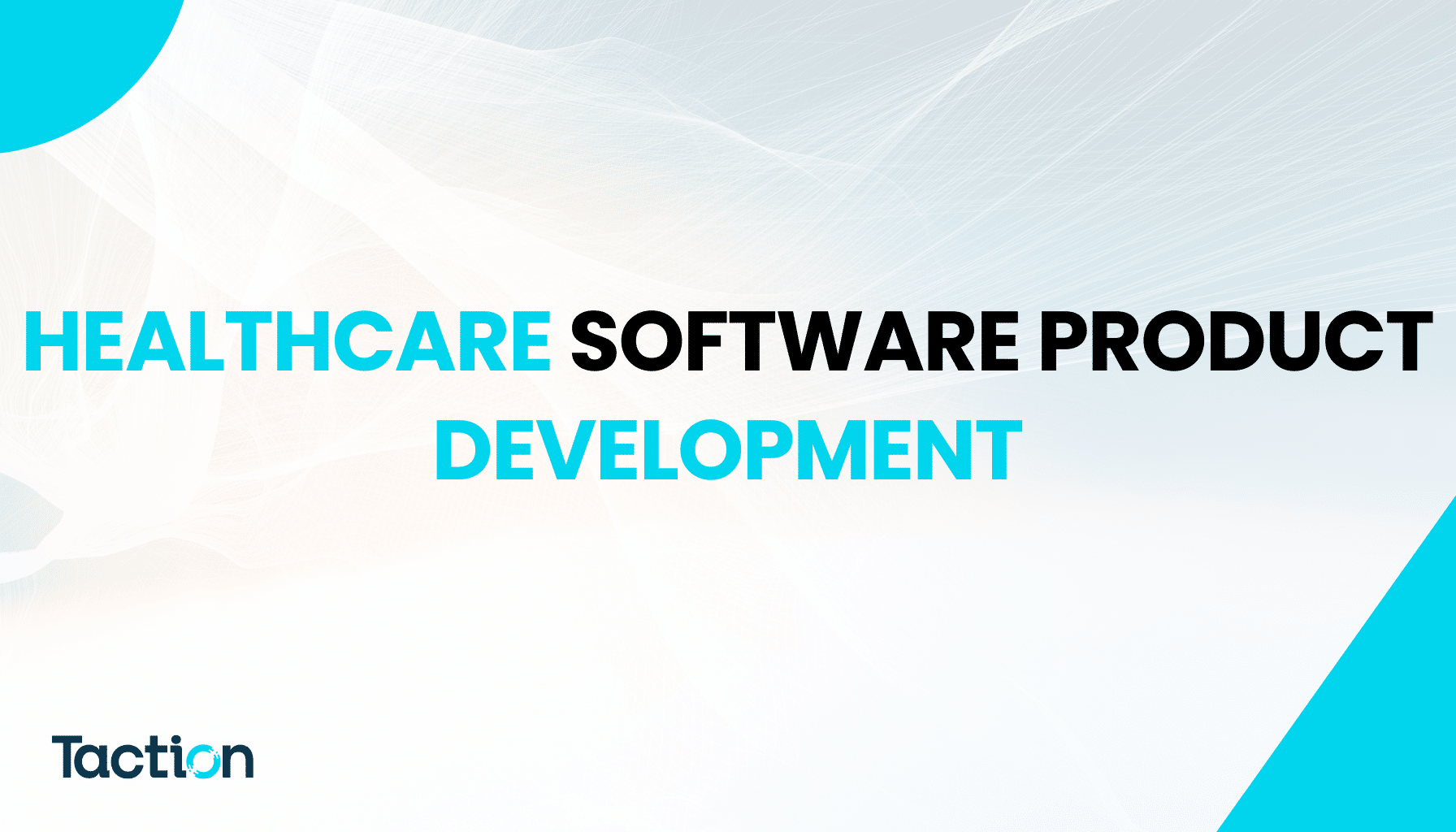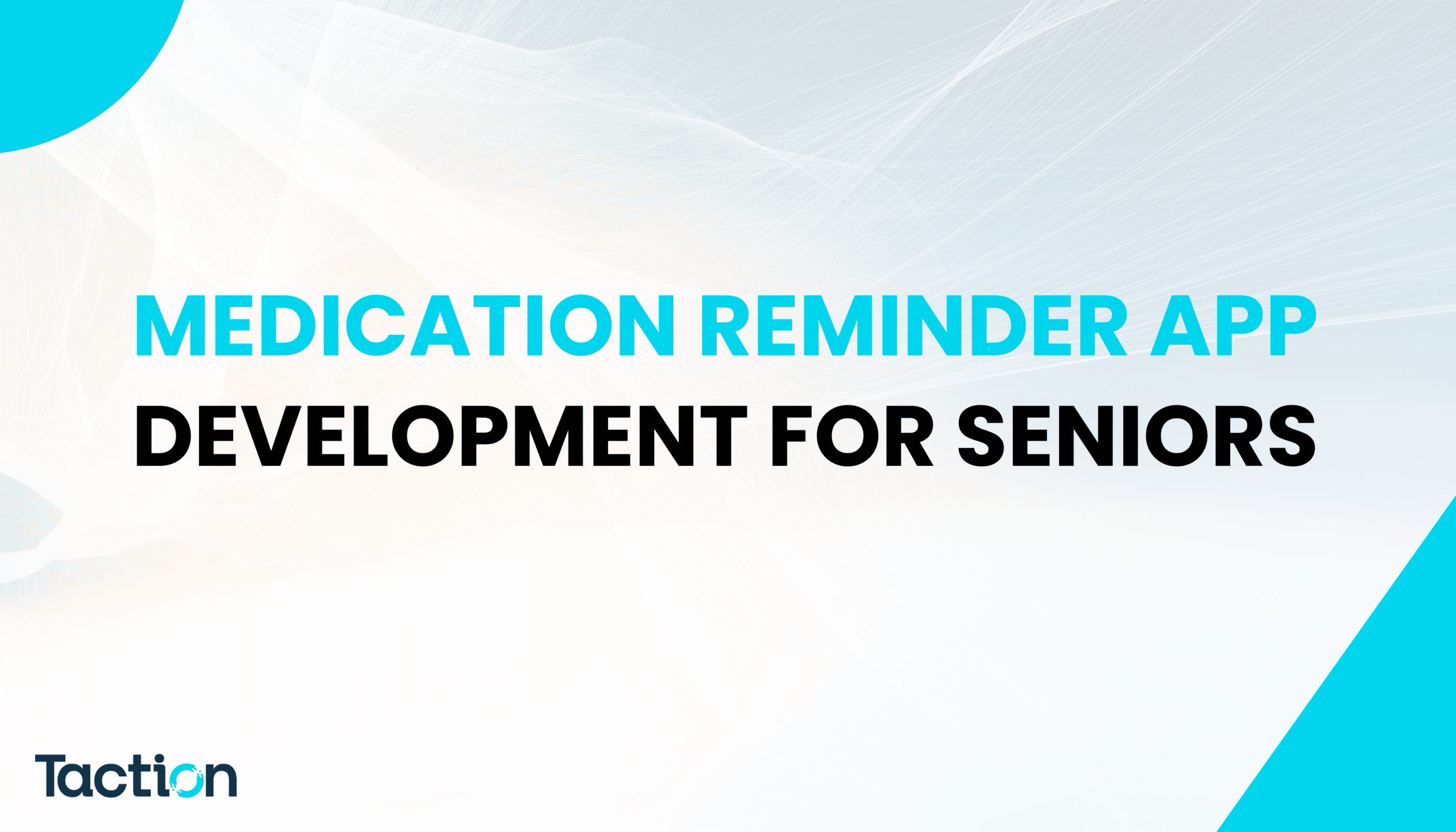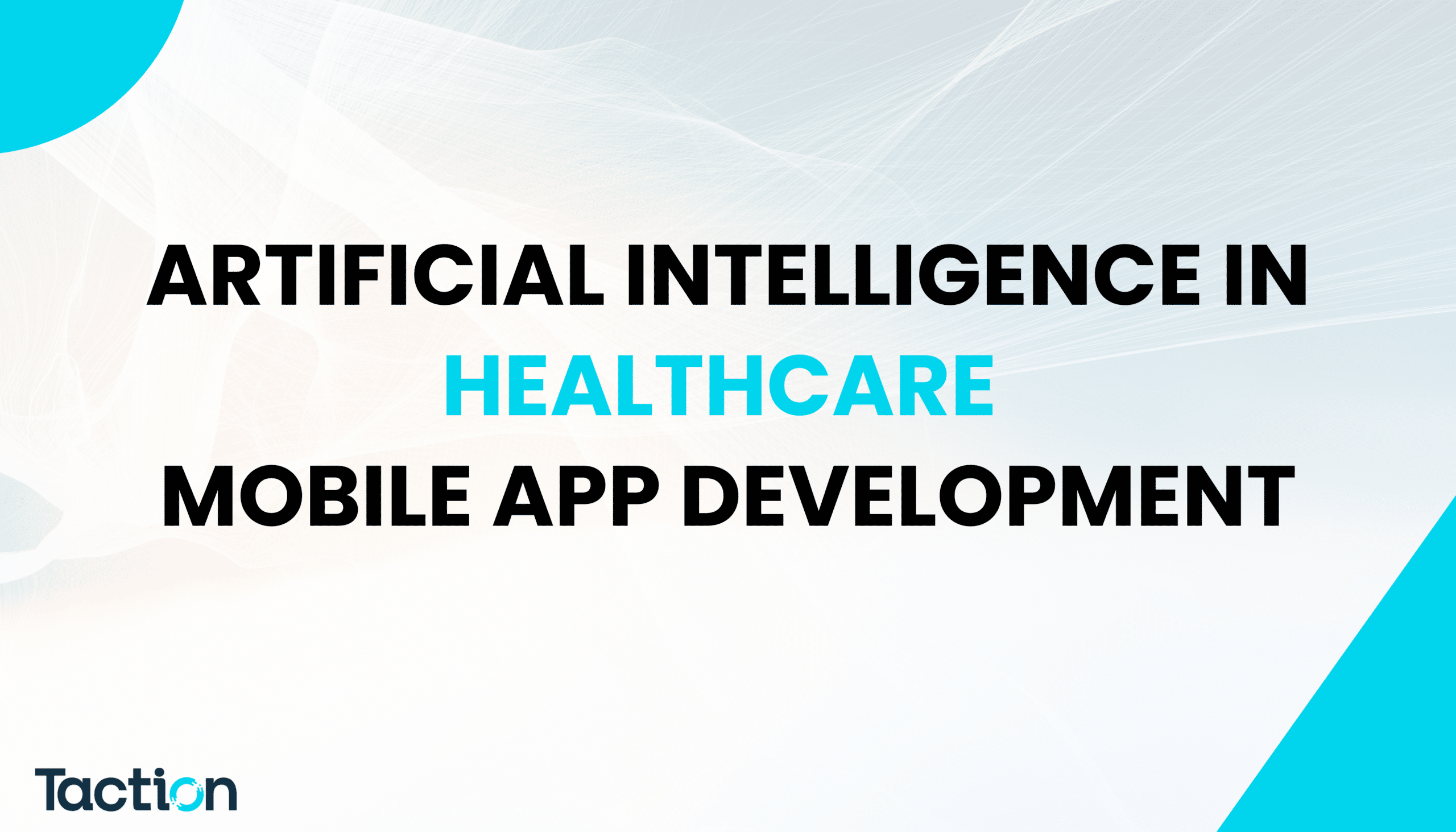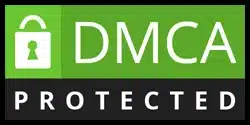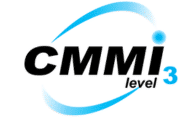In today’s healthcare ecosystem, data is everywhere — in EHRs, lab systems, imaging platforms, billing tools, and patient portals. But when these systems don’t communicate, clinicians waste valuable time, patients experience fragmented care, and organizations lose operational efficiency.
Integrating health information systems in healthcare bridges these gaps by connecting multiple platforms into one secure, interoperable ecosystem. The result? Streamlined workflows, improved decision-making, and better patient outcomes.
This guide outlines each step of the integration journey — from assessment to optimization — so your healthcare organization can build a truly connected, compliant, and data-driven system.
Also Read: How We Outsource SaaS Development
Connect Your Systems
Unify EHRs, labs, and billing into one HIPAA-compliant network.
Step 1: Assess the Current Healthcare IT Landscape
Before implementing integration, start with a comprehensive audit of existing systems — EHRs, LIS, RIS, billing, and telemedicine platforms. Identify how data currently moves, where silos exist, and what workflows need improvement.
Key actions:
- Map data sources and dependencies across departments.
- Review interoperability readiness of legacy systems.
- Identify compliance gaps related to HIPAA and HITECH.
A clear understanding of your current environment ensures a targeted and efficient integration strategy.
Step 2: Define Integration Goals and Success Metrics
Integration should align with measurable outcomes. Define clear goals that reflect both clinical and administrative priorities, such as:
- Enabling real-time data exchange between systems.
- Reducing duplicate data entry by 50–70%.
- Improving reporting accuracy for audits and claims.
- Enhancing patient data accessibility for clinicians.
These measurable KPIs guide development, testing, and long-term success.
Step 3: Choose the Right Integration Framework
Selecting the right framework is critical for interoperability. Modern healthcare integration relies on international data standards and tools designed for flexibility and scalability.
Common approaches:
- HL7 Integration: Connects EHRs, labs, and billing systems through standardized messages.
- FHIR (Fast Healthcare Interoperability Resources): Enables lightweight, API-driven data sharing for modern applications.
- Mirth Connect: A powerful integration engine for transforming, routing, and monitoring healthcare data securely.
Choosing the right combination of these technologies ensures data consistency, faster communication, and long-term maintainability.
Step 4: Ensure Security and HIPAA Compliance
Data privacy is non-negotiable in healthcare. Every integration must comply with HIPAA, HITECH, and GDPR (for international operations).
Best practices:
- Encrypt data at rest and in transit (SSL/TLS, AES-256).
- Implement role-based access controls.
- Maintain detailed audit logs for every transaction.
- Regularly perform vulnerability and penetration testing.
A compliant integration protects both patients and organizations from costly data breaches.
Step 5: Design Interoperability Workflows
Once systems and standards are identified, design data workflows that define how and when information moves between systems.
For example:
- Lab results automatically flow from LIS to EHRs and patient portals.
- Imaging data links directly to patient records.
- Billing systems sync in real-time with discharge summaries.
This process may involve building custom APIs or leveraging middleware like Mirth Connect to translate and transform data formats for seamless interoperability.
Also Read: Revenue Management Solutions Company
Step 6: Develop, Test, and Validate Integrations
Testing is essential to ensure data accuracy and reliability before going live.
Key steps:
- Validate HL7/FHIR message structures.
- Perform functional and load testing under real-world conditions.
- Run security checks to detect vulnerabilities.
- Verify that audit trails meet compliance standards.
Thorough testing prevents system downtime, data mismatches, and user frustration during rollout.
Step 7: Train End Users and Roll Out the Integration
Even the best technology fails without adoption. Provide structured training sessions for clinicians, admins, and technical staff to help them understand the new integrated workflows.
Tips:
- Launch in phases to minimize disruption.
- Provide user-friendly documentation and quick guides.
- Gather real-time feedback to improve usability.
Well-trained staff ensures smoother transitions and faster ROI from your integration investment.
Also Read: Offshore Development Center in India
Step 8: Monitor, Optimize, and Maintain the Integration
Integration is not a one-time project — it’s a continuous cycle of monitoring and improvement.
Ongoing actions:
- Monitor interface performance and data flow.
- Update HL7/FHIR standards as new versions emerge.
- Automate maintenance alerts and data quality reports.
- Conduct periodic HIPAA and security audits.
A proactive maintenance strategy keeps systems efficient, secure, and compliant long-term.
Step 9: Leverage Data Analytics for Smarter Healthcare
Once systems are connected, use data analytics and AI to generate actionable insights. Integrated systems provide the foundation for:
- Predictive analytics and population health management.
- AI-assisted clinical decision support.
- Automated reporting for compliance and value-based care.
Interoperability empowers organizations to turn raw data into meaningful intelligence — improving patient outcomes and operational efficiency.
Step 10: Partner with an Experienced Healthcare IT Integration Company
Successful health information system integration requires deep expertise in standards, security, and healthcare operations. Partnering with a trusted technology provider like Taction Software ensures every stage — from planning to post-deployment — meets both technical and regulatory excellence.
Why Taction Software:
- 20+ years of healthcare IT experience.
- Certified HL7/FHIR and Mirth Connect developers.
- Proven HIPAA-compliant development practices.
- Seamless integration with major EHR systems (Epic, Cerner, Meditech, Allscripts).
- End-to-end support and 24/7 monitoring.
With Taction Software, healthcare organizations can confidently achieve full interoperability, unlock real-time insights, and deliver connected care experiences.
Also Read: Software Integration System Guide 2025
Simplify Data Exchange
Enable real-time, secure healthcare interoperability with HL7 & FHIR.
FAQs
Integrating health information systems in healthcare means connecting multiple digital systems—like EHRs, labs, billing, and imaging—into one unified network to enable seamless data exchange and improve clinical workflows.
It’s essential because it eliminates data silos, reduces errors, ensures real-time access to patient information, and supports better decision-making for clinicians and healthcare administrators.
The first steps include assessing your current IT infrastructure, identifying disconnected systems, setting integration goals, and selecting the right interoperability standards such as HL7 or FHIR.
The most common standards are HL7, FHIR (Fast Healthcare Interoperability Resources), and DICOM for imaging data. These ensure standardized, secure communication between different healthcare systems.
Mirth Connect acts as a healthcare integration engine that routes, transforms, and monitors HL7 and FHIR messages between systems—making it easier to achieve real-time, secure data exchange.
Common challenges include incompatible data formats, legacy systems, lack of standardization, security risks, and regulatory compliance issues like HIPAA and HITECH.
Depending on complexity, integrating health information systems in healthcare can take 3–9 months, including assessment, development, testing, and validation across departments.
By encrypting all data in transit and at rest, applying role-based access controls, maintaining audit trails, and partnering with HIPAA-certified IT vendors like Taction Software.
With over 20 years of healthcare IT expertise, certified HL7/FHIR developers, and Mirth Connect specialists, Taction Software delivers secure, compliant, and scalable interoperability solutions that optimize patient data management.

